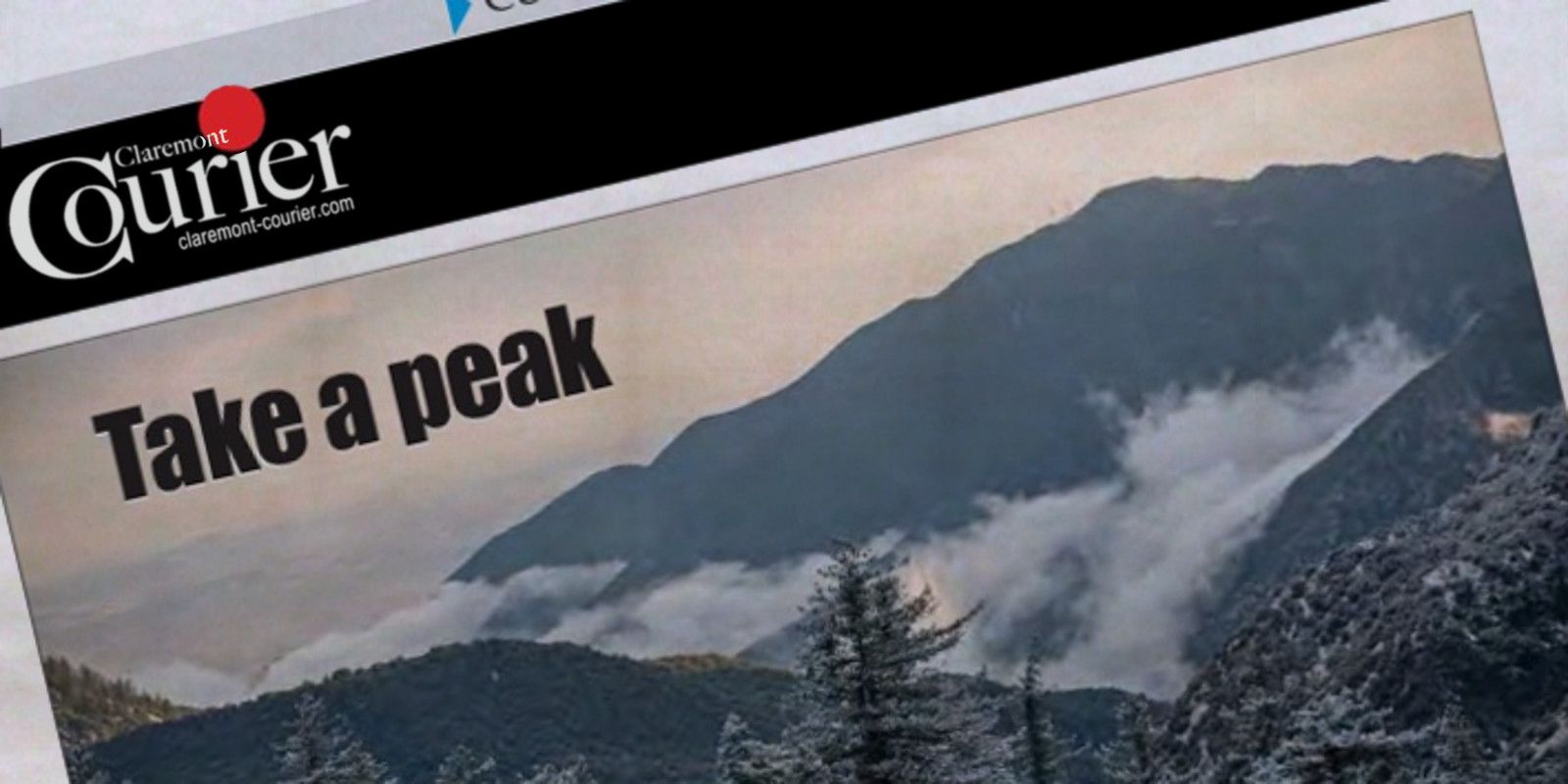Not many people go on to become professional scientists, but most of us start out with a pretty active interest in why the world is the way it is. We look at the stars at night and wonder; we look at holes in the ground and wonder; we look at the life in our gardens and cities and wonder. Some questions can be answered in the lab or with a limited amount of field work, but there are many questions that can’t be answered without collecting large amounts of information over a wide area, and sometimes over a long period of time. This is where you can satisfy that sense of wonder by channeling your inner investigator to help out the academics.
Public participation can help scientists amass large data sets which can lead to greater understanding of the natural world and the connections between events. One of the earliest such efforts at accumulating a large, expansive data set was the 1874 “Transit of Venus” project which enlisted the British admiralty and astronomers all over the world in measurements to determine an accurate distance between the earth and the sun. One of the best-known current projects is the Audubon Society’s Christmas Bird Count.
Amateur naturalists have long recorded information about events such as the date the first apple blossom appeared or the first robin was seen. In England, the observations of many generations of gardeners about shifts in flowering time have helped to document changes due to global warming. Once, sharing that sort of information was not easy, but nowadays we can contribute data over the internet, sometimes using mobile apps in real time. There are hundreds of projects you can join: some are local, some national or global; some involve living organisms and their habitats; some involve astronomy or weather; some even involve working on computer-based simulations; some can help match environmental practices and human health. Many of these provide graphs and charts so that participants can follow the results as they occur, and in some data are available so you can ask questions of your own.
The information collected by volunteers is mostly descriptive, but it provides a good basis for scientists to devise testable hypotheses about relationships and it can alert them to the possibility of unexpected connections that should be investigated. It can allow scientists to follow long-term changes and correlate them with other events such as climate change, urban development, pesticide use, or the increase or decline of species, for example.
Engaging in one of these “citizen science” projects can be a lot of fun and provide considerable satisfaction for relatively little effort. You can contribute to our understanding of the world and our place in it-- who knows, the knowledge may just make our community a bit more sustainable!
There are opportunities for people of all ages to join in, and scientific background is not needed. The researchers will take the amateur status of volunteers into account and be very happy for the help! Wikipedia has a good-sized list of Citizen Science projects as does the National Geographic Society website. The Claremont Garden Club (www.claremontgardenclub.org) has links to Bumble Bee Watch, the Lost Ladybug Project, and the Great Sunflower Project on the Citizen Science page in its Activities menu. We invite you to take a look!
“Demystifying Sustainability” is a project of Sustainable Claremont (www.sustainableclaremont.org, facebook.com/sustainableclaremont, Twitter @GreenClaremont.)

